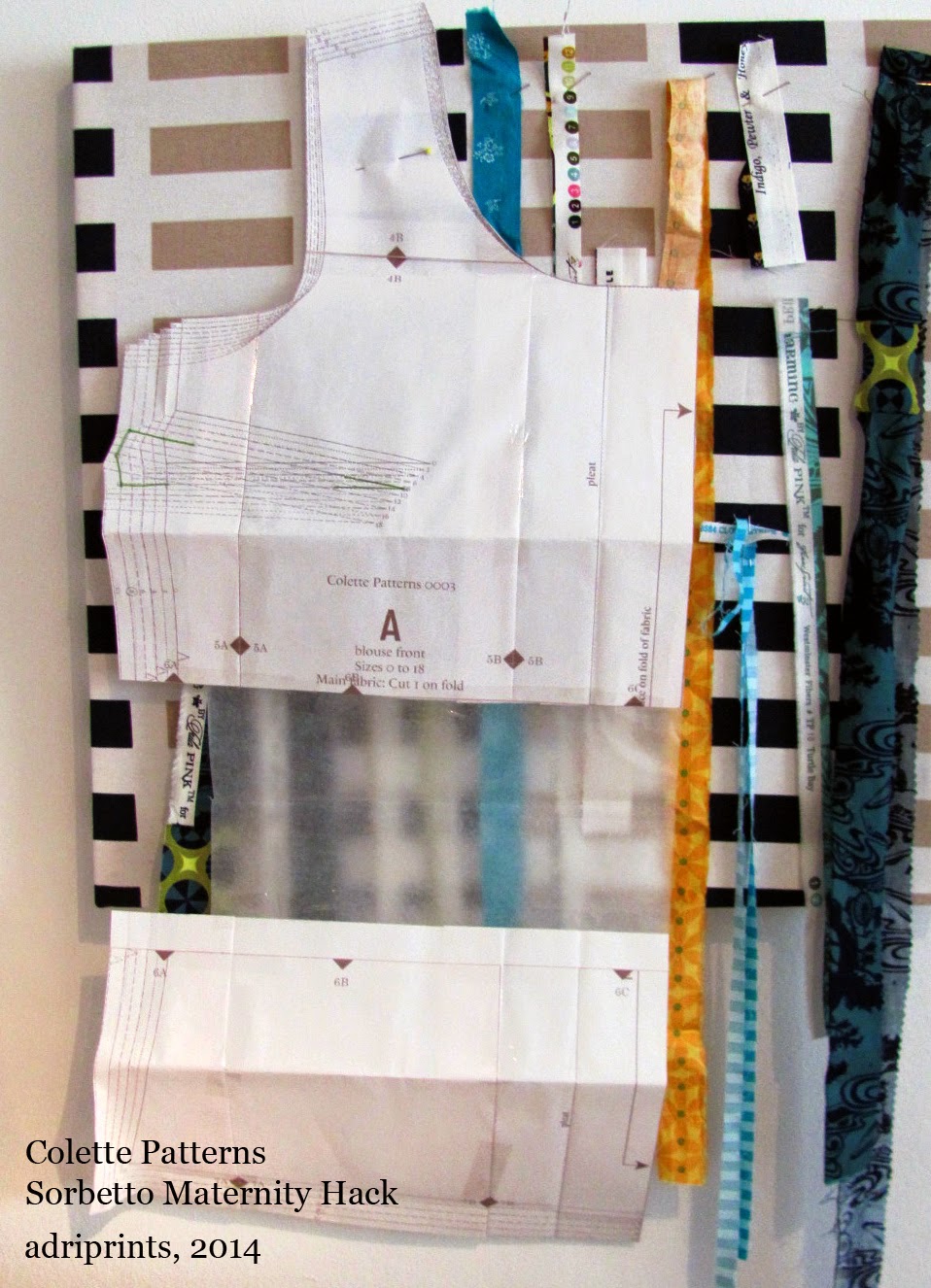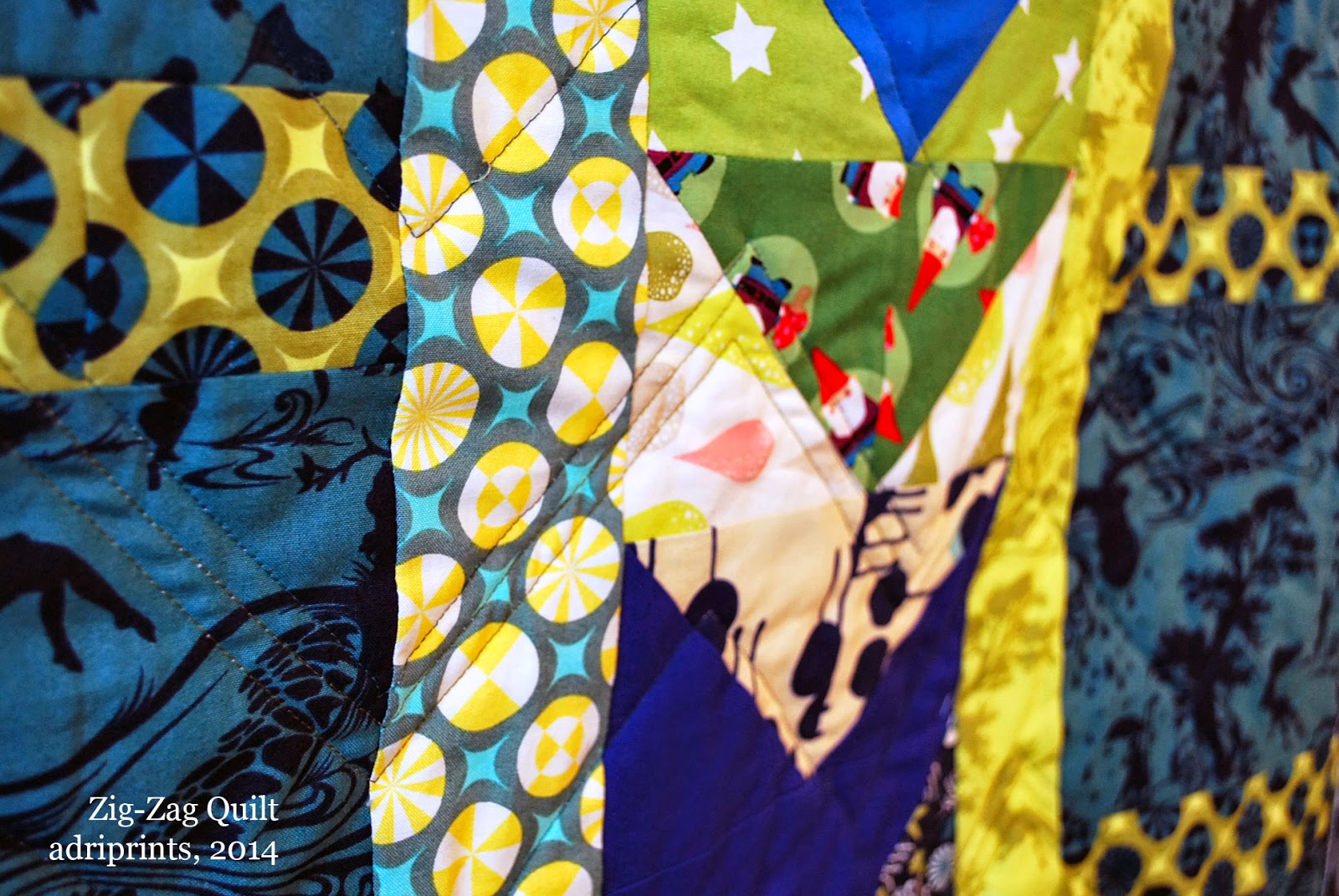Sew Mama Sew is hosting that lovely May Giveaway Day, and I've got a zipper pouch for you all! If you'd like to enter and win this hand-made, fully lined zipper pouch, follow the instructions in the Rafflecopter widget below! Shipping internationally, too.
-
Recent Posts
Recent Comments
Tags
architecture art autumn boats Books christmas colors Cooking DIY everything else Family Farm Features flowers food garden gardening HAIRSTYLES holidays Kids knit Knitting Knitting & Spinning Lighthouses Martha's Vineyard Massachusetts Memories New England New Jersey New York New York City Oak Bluffs Pets photo a day photo a day challenge Photographs postaweek Seasons Sewing sky Spinning Uncategorized water Wordpress yarnArchives
- January 2026 (1)
- December 2025 (4)
- November 2025 (3)
- October 2025 (1)
- September 2025 (1)
- August 2025 (1)
- July 2025 (1)
- June 2025 (1)
- May 2025 (1)
- April 2025 (1)
- March 2025 (3)
- February 2025 (2)
- December 2024 (1)
- November 2024 (1)
- October 2024 (1)
- September 2024 (1)
- August 2024 (2)
- June 2024 (3)
- May 2024 (1)
- April 2024 (1)
- March 2024 (3)
- February 2024 (1)
- December 2023 (4)
- November 2023 (3)
- October 2023 (1)
- September 2023 (3)
- August 2023 (3)
- July 2023 (4)
- June 2023 (1)
- May 2023 (2)
- April 2023 (3)
- March 2023 (3)
- February 2023 (2)
- January 2023 (5)
- December 2022 (4)
- November 2022 (2)
- October 2022 (2)
- September 2022 (1)
- August 2022 (1)
- July 2022 (5)
- June 2022 (5)
- May 2022 (5)
- April 2022 (2)
- March 2022 (2)
- February 2022 (1)
- January 2022 (2)
- December 2021 (2)
- November 2021 (2)
- October 2021 (5)
- September 2021 (6)
- August 2021 (6)
- July 2021 (3)
- June 2021 (4)
- May 2021 (4)
- April 2021 (1)
- March 2021 (6)
- February 2021 (7)
- January 2021 (6)
- December 2020 (4)
- November 2020 (6)
- October 2020 (3)
- September 2020 (4)
- August 2020 (3)
- July 2020 (6)
- June 2020 (6)
- May 2020 (4)
- April 2020 (5)
- March 2020 (3)
- February 2020 (2)
- December 2019 (1)
- November 2019 (4)
- October 2019 (8)
- September 2019 (4)
- August 2019 (11)
- July 2019 (8)
- June 2019 (29)
- May 2019 (22)
- April 2019 (18)
- March 2019 (26)
- February 2019 (21)
- January 2019 (58)
- December 2018 (207)
- November 2018 (108)
- October 2018 (34)
- September 2018 (31)
- August 2018 (35)
- July 2018 (41)
- June 2018 (110)
- May 2018 (60)
- April 2018 (25)
- March 2018 (23)
- February 2018 (10)
- January 2018 (17)
- December 2017 (22)
- November 2017 (15)
- October 2017 (32)
- September 2017 (16)
- August 2017 (17)
- July 2017 (19)
- June 2017 (12)
- May 2017 (14)
- April 2017 (12)
- March 2017 (9)
- February 2017 (23)
- January 2017 (20)
- December 2016 (43)
- November 2016 (31)
- October 2016 (20)
- September 2016 (28)
- August 2016 (28)
- July 2016 (40)
- June 2016 (81)
- May 2016 (38)
- April 2016 (39)
- March 2016 (28)
- February 2016 (31)
- January 2016 (37)
- December 2015 (43)
- November 2015 (44)
- October 2015 (56)
- September 2015 (39)
- August 2015 (36)
- July 2015 (42)
- June 2015 (46)
- May 2015 (43)
- April 2015 (57)
- March 2015 (58)
- February 2015 (56)
- January 2015 (39)
- December 2014 (60)
- November 2014 (73)
- October 2014 (67)
- September 2014 (63)
- August 2014 (80)
- July 2014 (81)
- June 2014 (85)
- May 2014 (86)
- April 2014 (87)
- March 2014 (93)
- February 2014 (89)
- January 2014 (89)
- December 2013 (107)
- November 2013 (89)
- October 2013 (79)
- September 2013 (90)
- August 2013 (94)
- July 2013 (112)
- June 2013 (104)
- May 2013 (151)
- April 2013 (139)
- March 2013 (140)
- February 2013 (119)
- January 2013 (138)
- December 2012 (136)
- November 2012 (175)
- October 2012 (154)
- September 2012 (158)
- August 2012 (181)
- July 2012 (194)
- June 2012 (171)
- May 2012 (204)
- April 2012 (203)
- March 2012 (214)
- February 2012 (118)
- January 2012 (52)
- December 2011 (37)
- November 2011 (27)
- October 2011 (26)
- September 2011 (23)
- August 2011 (8)
- July 2011 (12)
- June 2011 (11)
- May 2011 (12)
- April 2011 (9)
- March 2011 (16)
- February 2011 (11)
- January 2011 (13)
- November 2010 (6)
- October 2010 (12)
- September 2010 (11)
- August 2010 (15)
- July 2010 (15)
- June 2010 (4)
- May 2010 (5)
- April 2010 (3)
- March 2010 (3)
- February 2010 (7)
- January 2010 (11)
- December 2009 (11)
- November 2009 (14)
- October 2009 (17)
- September 2009 (9)
- August 2009 (8)
- July 2009 (1)
- June 2009 (5)
- May 2009 (15)
- April 2009 (5)
- March 2009 (4)
- January 2009 (2)
- December 2008 (1)
- November 2008 (1)
- September 2008 (2)
- August 2008 (1)
Contributors
- Cloth-n-Clay
- Adri Makes a Thing or Two
- Ambersambry Blog
- Booking Through Thursday
- Caroline Fryar
- Cherished Moments
- chez farm
- Dave and Lisa’s Backyard
- Dragan's Project Page
- Fyberspace's Blog
- Gilead Goats
- Grandmatutu musings
- It’s MY Life! (Diary of a Mom, Pet Owner and Fiber Artist)
- Knit Mainea!
- Knitting Scholar
- librarysarie
- maggistitches
- Maltese Parakeet
- Marla Holt
- Merry Magpie Farm
- Midwest Yarn
- MV Obsession
- Nishikot: Crafty things from Sheeri
- Punctuality Rules!
- Ramble the Travelling Ram
- Rebecca’s Pocket
- Red Dirt Knitter
- Retired, but not Retiring
- Rhymes with Flurms
- Stoneview
- Sundaybee's Blog
- Sunset Cat Designs
- Thoughts of the Day
- Through Jersey Eyes
Meta


























